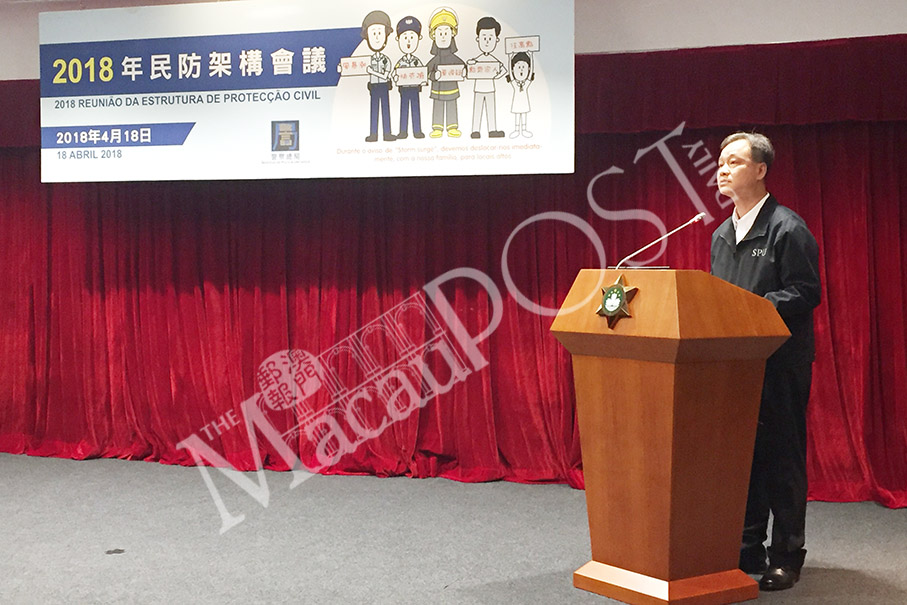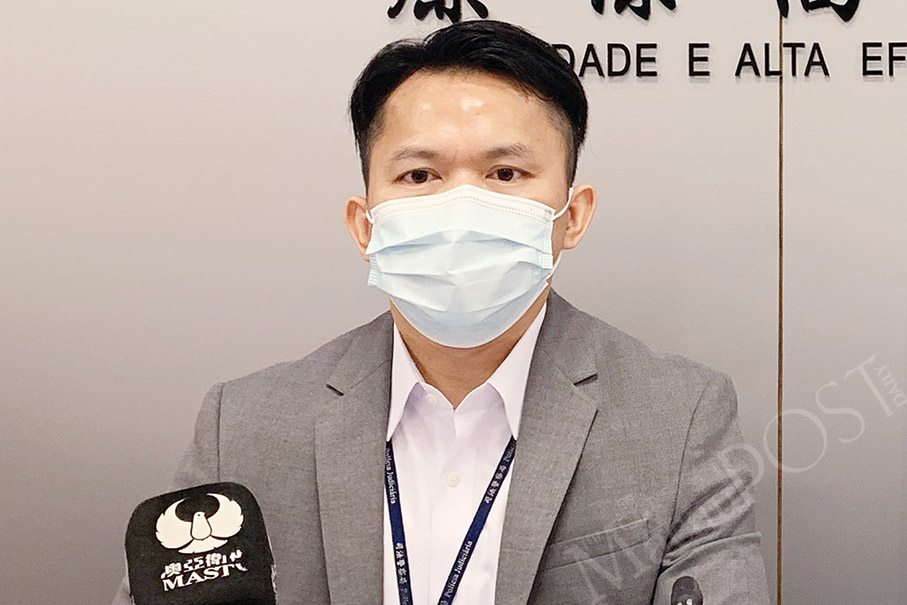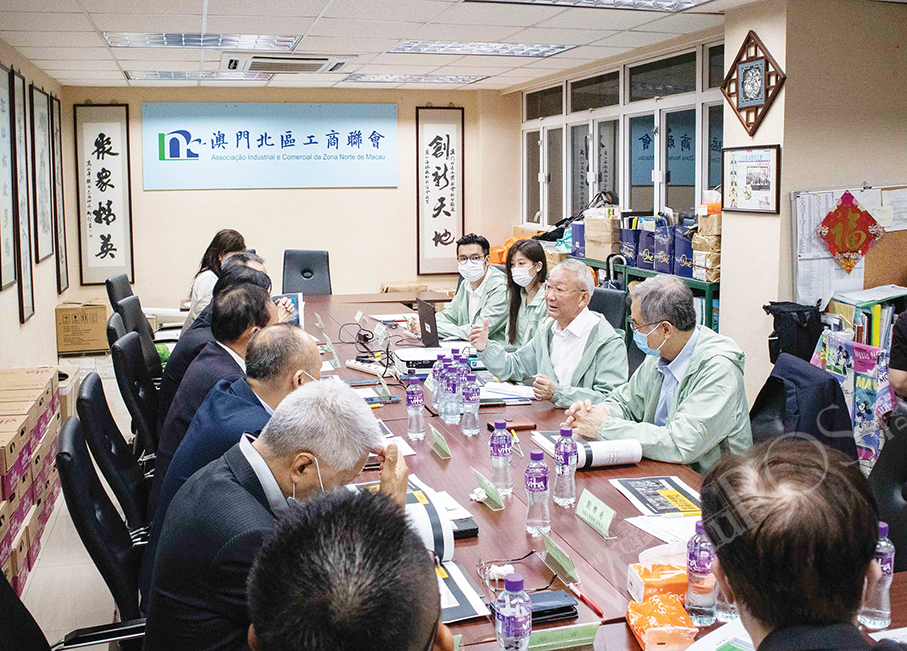Unitary Police Service (SPU) Commissioner-General Ma Io Kun said yesterday that Macau has improved its capabilities to respond to typhoons and carry out disaster relief measures, based on the lessons learnt from Super Typhoon Hato last year, so that it is now much better prepared for typhoons than in the past.
Ma made the remarks in his opening speech during a meeting of the government’s civil protection structure – which consists of 29 government entities and private organisations – at the Immigration Department Building in Pac On in Taipa.
The government’s Civil Protection Operations Centre is located in the Immigration Department Building.
Ma noted that Macau was affected last year by eight tropical cyclones, four of which had the signal No 1 hoisted, one when the signal No. 3 was hoisted and two when the signal No. 8 went up. Only one among the eight tropical cyclones – Hato which pummelled Macau on August 23 – led to the hoisting of the signal No. 10, the highest signal.
Ma pointed out that Hato was the fiercest typhoon to have hit Macau since 1953, killing 10, injuring 244 and resulting in economic losses estimated at 12.5 billion patacas.
Ma also underlined that the government has recently promulgated a revised regulation to re-categorise tropical cyclone warnings – increasing the number from four categories to six categories – in order to improve the alert system.
The government promulgated an executive order on Monday to replace the previous one enacted back in 2000 on the hoisting of tropical cyclone warning signals, according to which another two categories for tropical cyclone warnings have been added – strong typhoon and super typhoon, in addition to the existing four categories – tropical depression, tropical storm, strong tropical storm, and typhoon.
Lau Kuok Pou, a senior officer from the Unitary Police Service, noted that the Hato disaster last year triggered a massive power outage, which affected over 250,000 households.
Lau also said that a typhoon drill named “Crystal Fish” will be held on Saturday next week, which will test the new “pre-arranged” planning and aims to raise citizens’ awareness of the government’s recently-drafted evacuation plan.
Lau also urged community associations and other civil society groups to unite for the upcoming typhoon season. Wong Chan Seng, a senior weather forecaster at the Meteorological and Geophysical Bureau (SMG), said his bureau predicts that there will be five to seven tropical cyclones affecting Macau this year.
Wong also said that the weather station predicts the first one to approach the city before the middle of June – earlier than normal – and the last one during the first half of October – later than normal.
Daniel Tang Yuk Wa, who heads the Family and Community Services Department of the Social Welfare Bureau (IAS), pointed out that the government has now designated 16 locations as evacuation centres for when a typhoon or a storm surge hits the city. The 16 centres include schools and sport facilities.
When the government releases an evacuation announcement, citizens will be able to arrive at their nearest centres on foot, which will have prepared facilities and supplies for emergencies, according to Tang.
Tang also said that the 16 centres can accommodate up to 24,000 people in total and have beds for 13,000 people. He also noted that the government has also designated four locations as emergency pick-up points in high-risk flooding areas, adding that the government will pick up evacuees from the points to transport them to the nearest centres.
Fan Ka Wa, an officer from the Unitary Police Service, said that when there is a need to evacuate residents during a typhoon, the government will send messages to all residents’ mobile phones and also inform them through public address (PA) systems on patrol vehicles.
The meeting was followed by a tour of civil protection equipment displayed in the underground level of the Immigration Department Building. Police officers showed the media and other participants in yesterday’s meeting civil protection equipment including semi-submersible pumps, 220V mobile generators, large rubber dinghies and pump vehicles.
Macau Customs Service officers announced during the tour that since the Hato disaster the government has bought an unmanned search boat and a cable-controlled underwater robot, adding that the equipment could help rescue people who are trapped in underground car parks. The officers also said that the Customs Service might, if needed, buy more of the two pieces of equipment.

Unitary Police Services (SPU) Commissioner-General Ma Io Kun delivers his opening speech during yesterday’s meeting of the Civil Protection System at the Immigration Department Officer Building in Taipa. Photo: Edwin Yang







